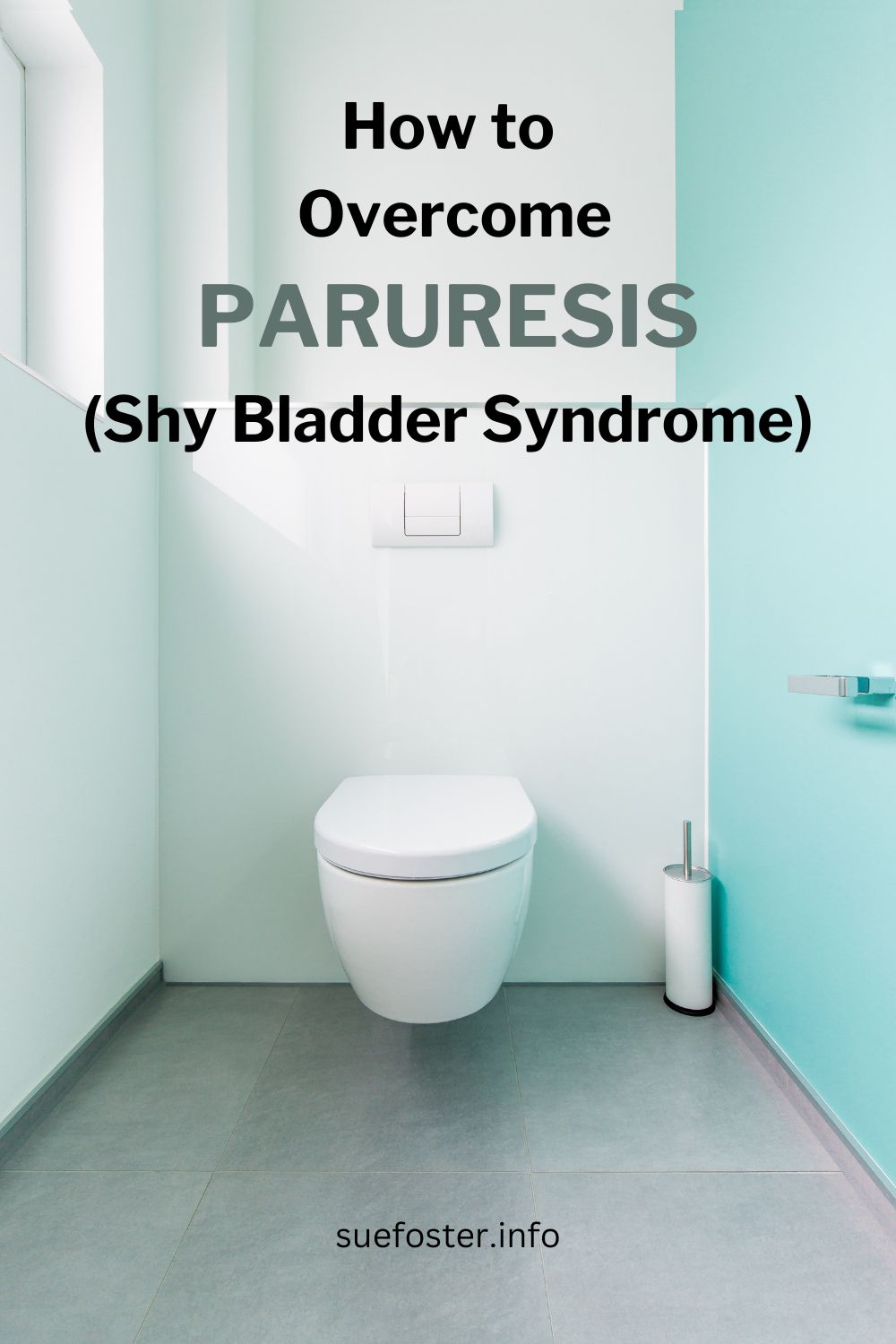Paruresis, commonly known as shy bladder syndrome, can be a debilitating condition that affects millions of people worldwide. It is characterised by the inability to urinate in the presence of others, whether in public toilets, at home when you have guests over, or in any situation where you feel observed.
Have you ever experienced this? The only way you can go to the toilet is when you know there’s nobody around within earshot. I understand because this has happened to me on occasion. I’ve also had friends who couldn’t go to the toilet until I put the hand dryer on for them so they couldn’t be heard.
Fortunately, there are strategies and techniques to help overcome paruresis. In this blog post, I’ll discuss various methods to tackle shy bladder syndrome so that it doesn’t rule your life.
What Causes Shy Bladder?
Shy Bladder often stems from psychological factors such as social anxiety, fear of judgment, or past traumatic experiences.
The fear of being unable to urinate in public can become a self-fulfilling prophecy, leading to heightened stress and further exacerbating the condition. However, please know that paruresis is a common and treatable condition, and there’s no shame in seeking support to overcome it.
How to Get Over Shy Bladder
Relaxation Techniques
Learning to relax your body and mind is a key factor in managing paruresis. Practice deep breathing exercises, progressive muscle relaxation, or mindfulness meditation to reduce stress and tension, allowing your body to release urine naturally.
Gradual Exposure
Gradual exposure therapy involves systematically exposing yourself to increasingly challenging situations that trigger your paruresis. Start by practising in a comfortable and private environment, then gradually progress to more public settings as you feel more confident.
Cognitive Behavioral Therapy (CBT)
CBT can be highly effective in treating paruresis by addressing negative thought patterns and irrational beliefs associated with urination. A therapist can help you challenge and reframe these thoughts, replacing them with more positive and realistic ones.
Visualisation Techniques
Visualisation involves mentally rehearsing successful urination scenarios in your mind. Visualise yourself confidently using a public toilet or urinating in the presence of others without any hesitation. Over time, this can help desensitise you to the fear and anxiety associated with paruresis.
Support Groups
Joining a support group or seeking support from friends and family members who understand your struggles can provide invaluable encouragement and motivation. Sharing experiences and learning from others who have successfully overcome paruresis can inspire you on your journey to recovery.
Professional Help
If paruresis significantly impacts your daily life and functioning, don’t hesitate to seek professional help from a therapist or counsellor specialising in anxiety disorders. They can provide personalised guidance and support tailored to your specific needs.
Living with paruresis, or shy bladder syndrome, can be stressful and isolating. However, it’s important to remember that you’re not alone, and there are effective strategies and techniques available to help overcome this condition. One such solution you may wish to try is The Paruresis Treatment System, which offers a comprehensive approach to tackling shy bladder syndrome.
Remember that seeking support and exploring treatment options is the first step towards living a fulfilling and unrestricted life, free from the constraints of paruresis.


